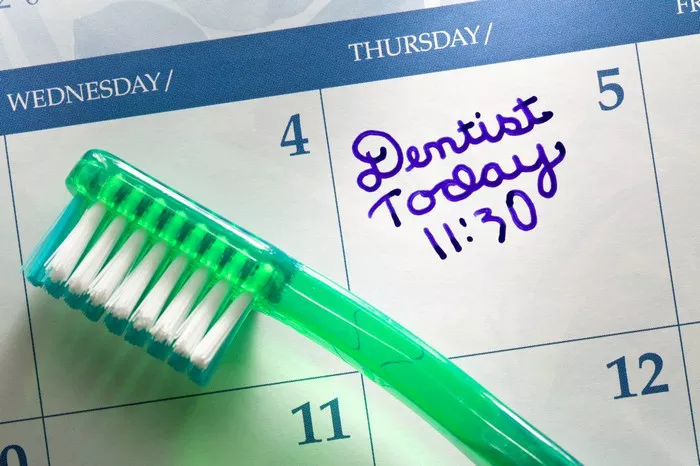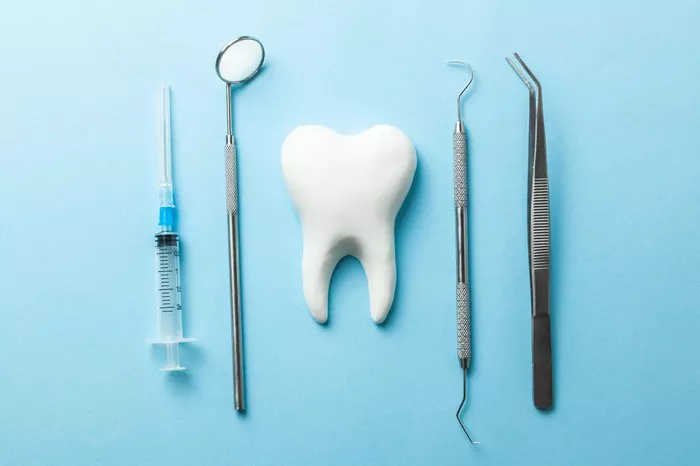Understanding dental insurance can be complex, especially when it comes to the term “waiting period.” This article explores what a waiting period is, how it impacts your coverage, and the factors that influence its duration. Whether you’re shopping for dental insurance for the first time or trying to make sense of your current policy, this comprehensive guide will provide the clarity you need.
Understanding the Waiting Period
The waiting period in dental insurance refers to the amount of time you must wait before certain benefits become available to you. This period is set by the insurance provider and varies between plans. During this waiting period, you might not be able to claim benefits for specific types of dental care.
Why Waiting Periods Exist
Waiting periods serve several important functions in dental insurance:
1. Preventing Adverse Selection
Waiting periods help to prevent adverse selection, which occurs when individuals purchase insurance only when they anticipate needing costly procedures. Without waiting periods, people might enroll in a plan, use it for expensive treatments, and then drop it. This would drive up costs for insurers and increase premiums for everyone.
2. Maintaining Lower Premiums
By implementing waiting periods, insurance companies can manage their financial risk more effectively. This helps to keep premiums lower for all policyholders, as the insurer is less likely to face sudden, high costs from individuals seeking immediate coverage for expensive procedures.
3. Encouraging Long-Term Commitment
Waiting periods encourage policyholders to maintain their insurance coverage over time. This discourages people from switching plans frequently or buying coverage only when they need specific treatments. A longer-term commitment to insurance helps insurers distribute costs more evenly and sustain more stable premium rates.
Types of Waiting Periods
Different dental insurance plans have different types of waiting periods. Here are the main types:
1. Initial Waiting Period
This is the period you must wait from the date you enroll in the plan until you can begin receiving coverage for certain procedures. It is common for initial waiting periods to apply to major dental work, such as crowns or dentures.
2. Coverage-Specific Waiting Period
Some plans have waiting periods that apply to specific types of dental care. For example, you might face a waiting period for orthodontics but not for routine cleanings and check-ups.
3. Annual Waiting Period
In some cases, there may be an annual waiting period that resets each year. This is less common but may apply to certain types of procedures or benefits.
Impact on Dental Care
1. Delayed Access to Certain Treatments
The waiting period can delay your access to certain types of dental treatments. For example, if you need major dental work like crowns or orthodontics, you may have to wait several months before these procedures are covered under your plan. This can impact your treatment timeline and may require you to manage any dental issues with temporary solutions in the meantime.
2. Importance of Preventive Care
During the waiting period, you can still access preventive care services, such as routine cleanings and exams. These services are often covered immediately and can help maintain your oral health while you wait for coverage on more extensive treatments. Utilizing these benefits can help prevent more serious issues from developing.
Choosing a Plan with the Right Waiting Period
1. Assess Your Immediate Needs
If you anticipate needing major dental work soon, it’s crucial to choose a plan with a shorter waiting period for those specific services. Look for plans that offer quicker access to the treatments you need to avoid delays and ensure timely care.
2. Compare Plan Options
Compare different dental insurance plans to find one that best fits your needs and timeframe. Review the waiting periods for various types of coverage and select a plan that aligns with your expected dental care requirements and financial situation.
See Also: What Does 6 Month Waiting Period Mean For Dental Insurance
Factors Affecting Waiting Periods
Several factors can influence the length and type of waiting period for dental insurance:
1. Insurance Provider
Different insurance providers have varying policies regarding waiting periods. Research and compare these policies to find one that best suits your needs.
2. Type of Coverage
The type of coverage you select impacts the waiting period. Plans with comprehensive coverage often have longer waiting periods for certain procedures.
3. Policy Terms
Read the terms and conditions of your policy carefully. Waiting periods are outlined in the policy documents, and understanding these terms can help you avoid surprises.
4. Employer vs. Individual Plans
Employer-sponsored dental insurance may have different waiting periods compared to individual plans. Employer plans might offer more favorable terms or shorter waiting periods due to group purchasing power.
Managing Waiting Periods
If you are facing a waiting period, here are some strategies to manage it effectively:
1. Plan Ahead
Schedule any necessary dental treatments before your waiting period begins. If you know you’ll need major work, try to arrange for it as soon as your coverage becomes active.
2. Preventive Care
Take advantage of preventive care covered during the waiting period. Routine cleanings and exams can help maintain your oral health and potentially prevent the need for more extensive procedures.
3. Budget for Out-of-Pocket Costs
During the waiting period, you may need to cover some costs out of pocket. Plan your budget accordingly to manage these expenses without financial strain.
4. Communicate with Your Provider
Keep open communication with your dental provider about your insurance coverage and waiting periods. They can help you understand what is covered and advise you on the best course of action.
Examples of Waiting Periods in Different Plans
Here are some examples to illustrate how waiting periods can vary:
1. Basic Plan
A basic dental insurance plan might have a waiting period of 6 months for major procedures such as crowns or bridges but offer immediate coverage for routine cleanings and exams.
2. Comprehensive Plan
A comprehensive plan may have a 12-month waiting period for orthodontic work but provide immediate or short-term coverage for preventive and basic services.
3. High-End Plan
High-end plans might offer reduced waiting periods or waive them entirely for certain procedures, reflecting the higher premiums associated with these plans.
Understanding Your Policy
Carefully review your dental insurance policy to fully understand the waiting periods and how they apply to different types of care. This will help you make informed decisions and avoid unexpected costs.
Conclusion
The waiting period in dental insurance is a crucial aspect to understand when selecting a plan and planning your dental care. By knowing what waiting periods apply to your policy and how they impact your coverage, you can better manage your dental health and financial planning. Whether you choose a plan with a short waiting period or one that aligns with your long-term needs, being informed will help you navigate your dental insurance more effectively.






















